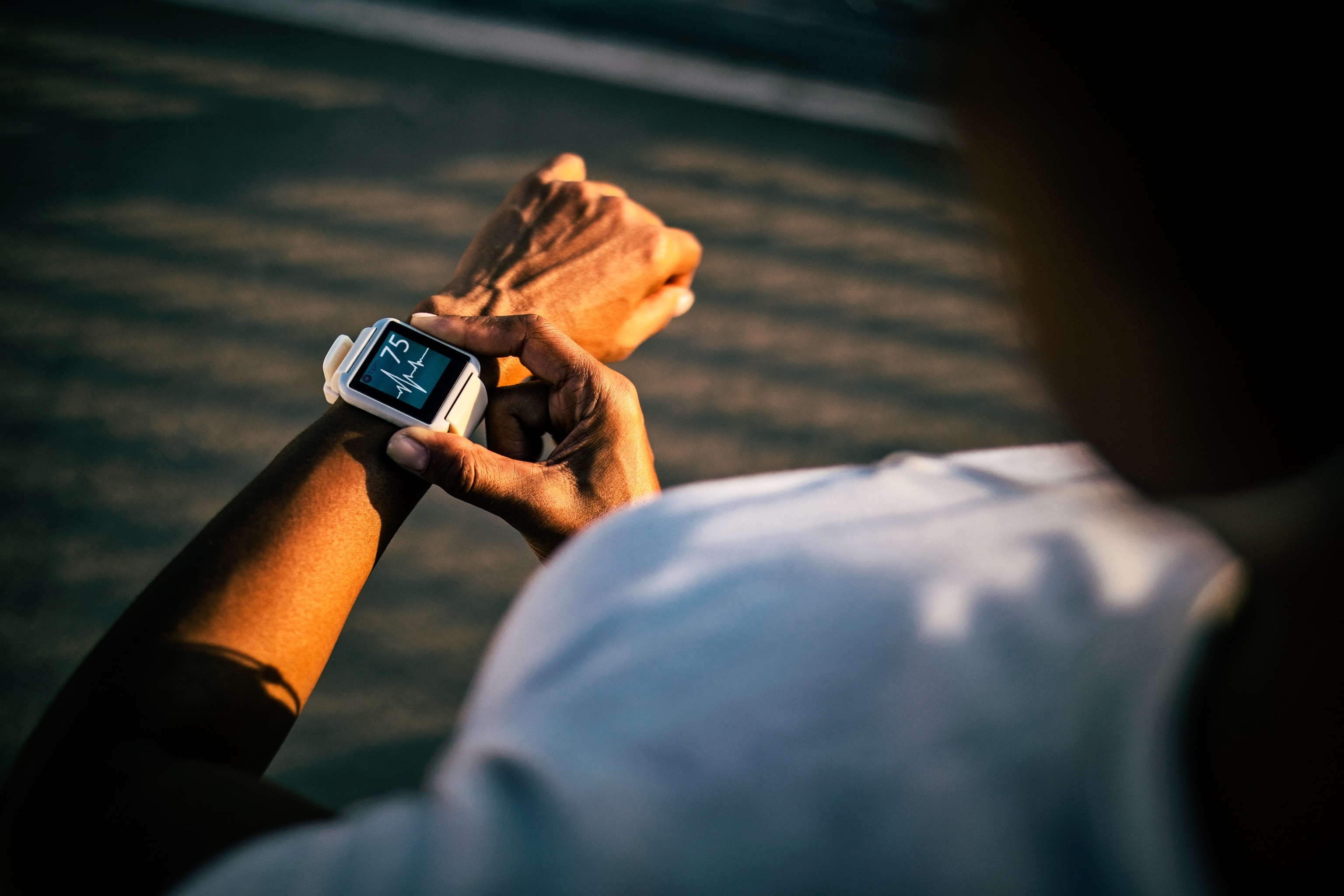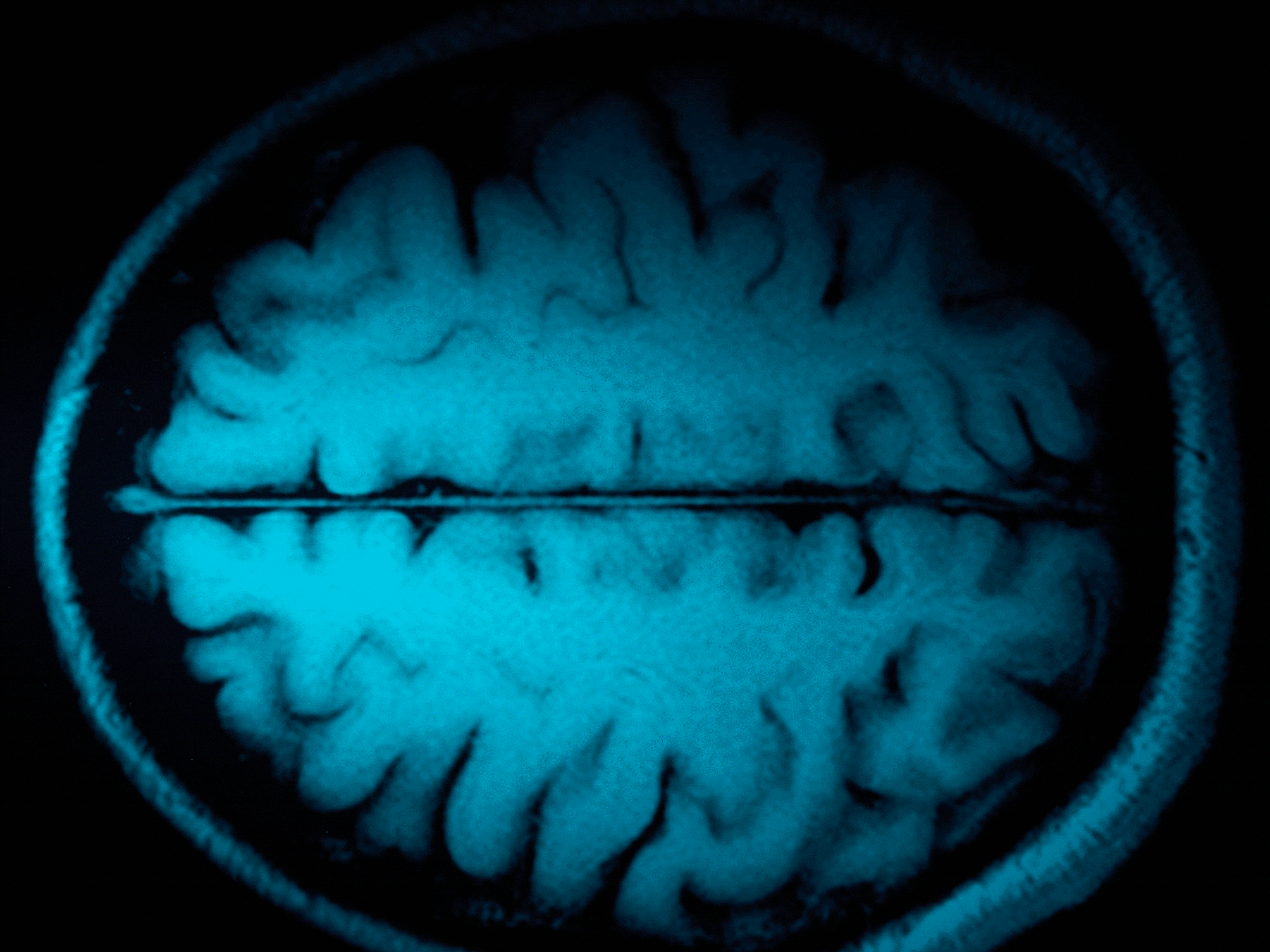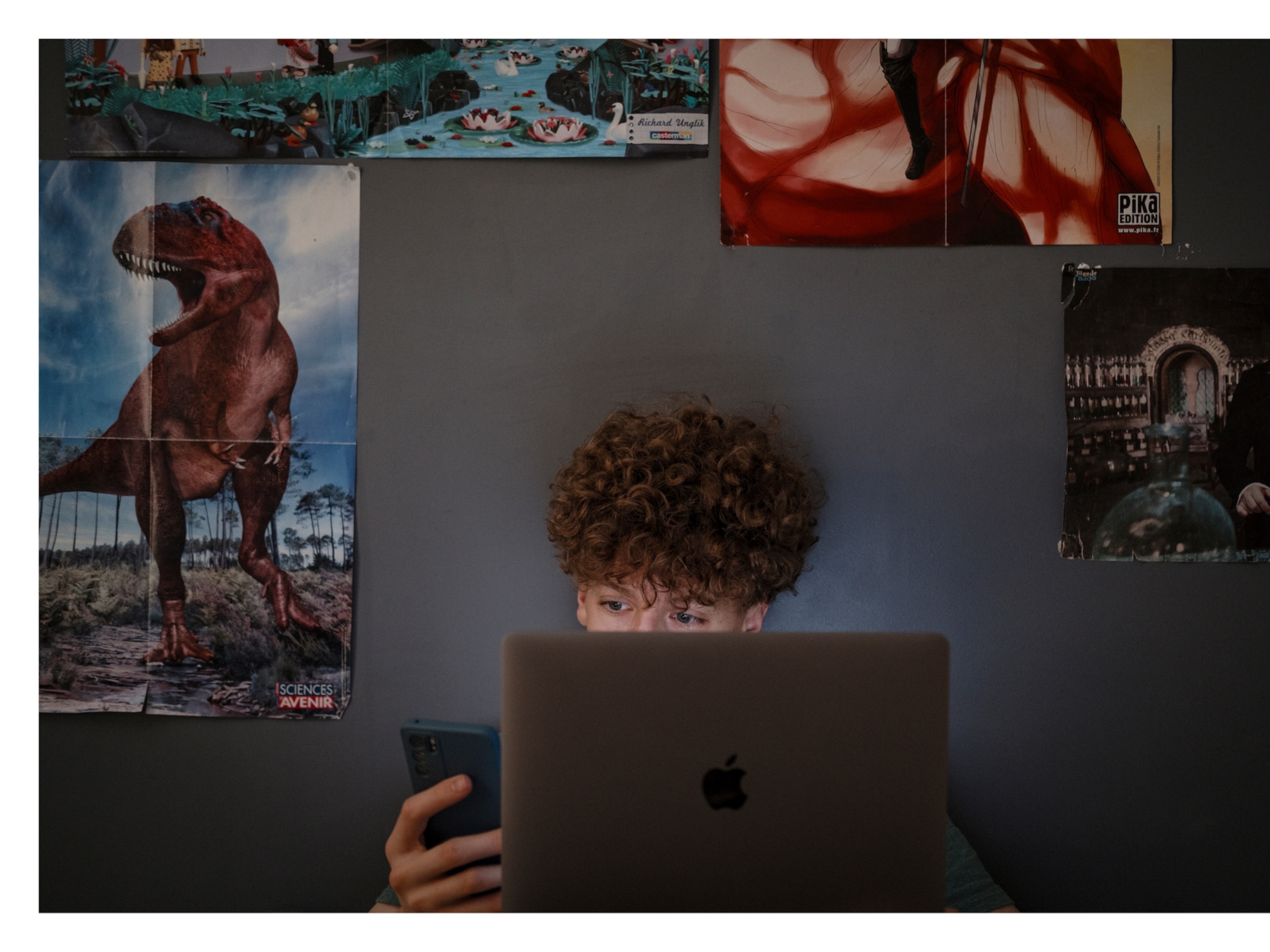Wearable fitness trackers are making us anxious—here’s how to stop it
From heart rate monitoring to sleep data, wearable devices are revolutionizing health. But at what cost?

Wearable technology is more popular than ever. From smartwatches to health-tracking rings, we can constantly monitor our sleep patterns, heart rates, and even blood oxygen levels. While research indicates that these devices often promote increased physical activity and healthier lifestyles, there can be a downside when the constant stream of data becomes overwhelming.
A recent study published in the Journal of the American Heart Association found that wearing fitness trackers to monitor heart conditions like atrial fibrillation—an irregular heartbeat—can make people more anxious about their health.
“While the nature of being able to track specific data can be motivating to reach goals, it can also cause an unhealthy fixation or obsession,” says Kate Miskevics, a licensed marriage and family therapist specializing in anxiety, OCD, and eating disorders.
So, how do we strike a balance in a world obsessed with numbers? Experts share how wearable technology can shape our minds—and offer tips for managing the stress it can bring.
How fitness trackers can amplify anxiety
“The more we attend to something, the more we’re training the brain to worry about it,” says Joanna Hardis, an Ohio-based anxiety specialist. This can make it difficult to break the negative cycle of compulsive checking your fitness tracker and worrying, says Hardis.
Robert Goldel, a neuroscientist and former White House presidential innovation fellow studying wearable technology, says fitness trackers can lead to “data overload,” especially when users struggle to interpret or manage the information. In fact, a 2019 study from the University of Copenhagen revealed that many people rely on fitness tracker data as if it were medical advice, often sparking unnecessary fear and anxiety.
(What’s your VO2 max? The answer could transform your health.)
“Having this kind of data so readily available can be hard to ignore when we are literally wearing devices that notify us and serve as visual reminders throughout the day,” says Miskevics.
Strategies to combat wearable-induced anxiety
Despite the mental strain wearables can cause, their popularity keeps rising. According to the Pew Research Center, nearly one in five U.S. adults regularly uses a smartwatch or fitness tracker.
(These are the best fitness trackers for achieving your health goals.)
Thankfully, there are ways to manage the anxiety these devices can trigger. Hardis advises starting by rethinking how we use them. She explains that training for a 5K is one thing, but obsessively tracking every heart rate fluctuation is another. If your wearable fuels fear, it’s time to reevaluate that relationship.
Miskevics recommends adjusting notification settings to reduce distractions and creating tech-free breaks. “We know that consciously choosing to spend time away from our phones and having technology breaks allows us to be more mindful and healthier, mentally,” says Miskevics. With that knowledge, “we have to think about how wearables might take away from these technology breaks since they give us even easier access to our tech lives,” she adds.
If you catch yourself compulsively checking your wearable, Hardis says the key is to be intentional about breaking the habit. It won’t feel comfortable, she says, but if you don’t retrain your brain to stop checking your data, the compulsion and anxiety will grow stronger and more persistent.
When your attention is hijacked by the urge to check data or worry about a potential health issue, Hardis recommends stopping and “notice what you see, hear, smell, and feel under your feet.” This practice can help train the brain to stay grounded in the present rather than spiraling into anxiety-oriented worries.
(Does the perfect workout really exist?)
Another effective strategy? Prioritize rest. “Power up your brain with good sleep,” says Goldel. Instead of relying on your wearable to track your rest, he suggests a simple rule: “If you need an alarm clock, you’re likely not getting enough sleep.”
Goldel adds, “Pay attention to your daily schedule and plan breaks to literally and figuratively catch your breath.” Take five tech-free minutes to close your eyes and breathe. “Rest and recuperation are active processes” that are essential parts of life, he says.
While wearable technology offers numerous benefits, finding a balance between technology and mindfulness can help us harness the power of wearables without sacrificing our mental health, says Miskevics. “Data is great, necessary, and helpful,” she says. “But we also don’t want to be so data-driven that we forget to be human.”





